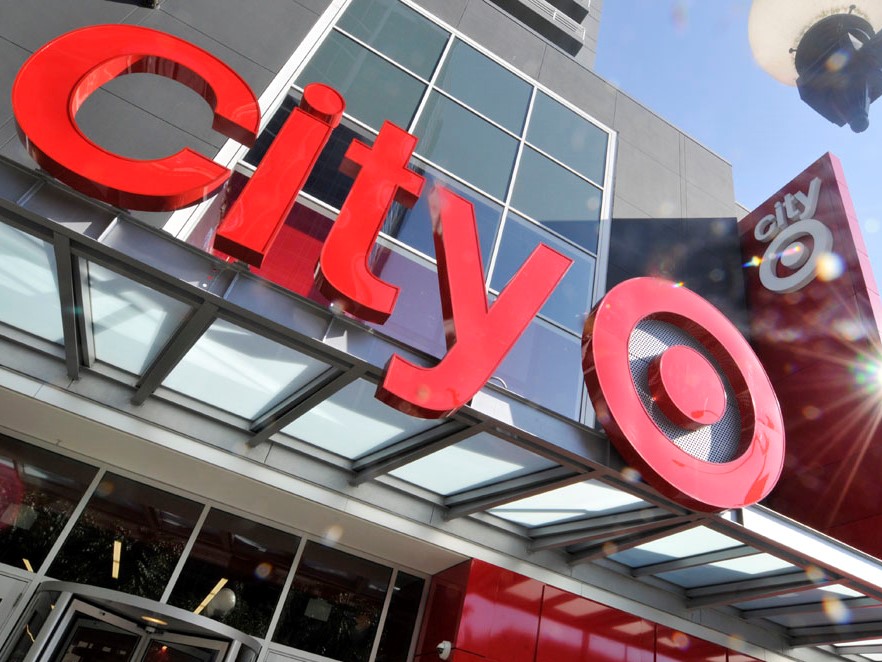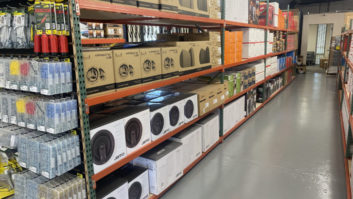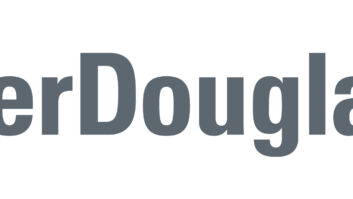
New York — Target will invest upward of $2.2 billion in capital expenditures this year, including $1 billion in technology and supply chain.
The spending plan, presented here yesterday to the financial community by Target’s top brass, is designed to return the No. 2 discount chain to a growth path and end years of e-commerce catch-up.
Investments will also flow to smaller and more flexible urban store formats like TargetExpress and CityTarget, and to the company’s core fashion, baby, kids and wellness categories, which account for more than a quarter of Target’s sales. Their assortments will be tailored to local demographics, climate and other shopper-driven merchandising decisions, the company said, to better differentiate their offerings.
Other product categories, including CE, are being “repositioned to deliver a more compelling and appealing shopping experience,” said chairman/CEO Brian Cornell, who was brought in last summer to restore Target’s luster following stints at PepsiCo, Sam’s Club and Michaels Stores.
In comparison, CE and home entertainment represents the largest dollar-volume category for No. 1 rival Walmart.
Cornell’s turnaround plan also calls for $2 billion in cost savings over the next two years, to be realized through operational improvements, supply-chain efficiencies and the elimination of several thousand corporate jobs.
The headquarters restructuring will focus on “driving leaner, more efficient capabilities, removing complexity, and allowing the organization to move with greater speed and agility,” he said, and includes the creation of centralized teams based on specialized expertise.
But the main emphasis is on digital, which gets the lion’s share of the funding, as Target’s multichannel shoppers spend three times as much as customers who only visit the stores.
The investments will strengthen Target’s data and analytics and technology capabilities to deliver more personalized digital experiences, loyalty programs and promotional offers, Cornell said, while enhancements in technology, supply chain and inventory management will help spur continued annual growth in digital channel sales of 40 percent.
“While we’re in the early days and there’s no doubt that transformation can be challenging, we’re taking the steps necessary to unleash the potential of this incredible brand,” he noted.













